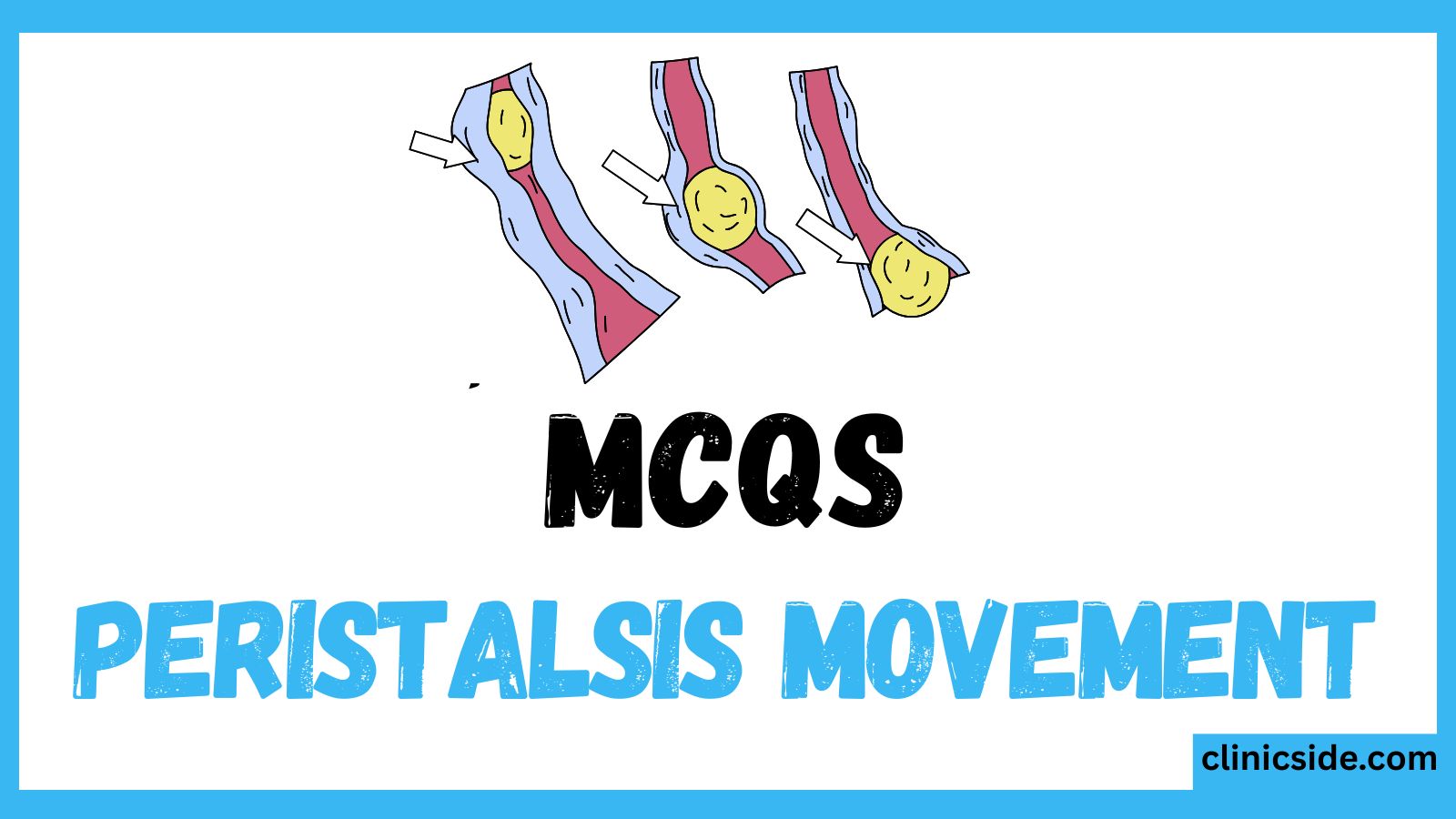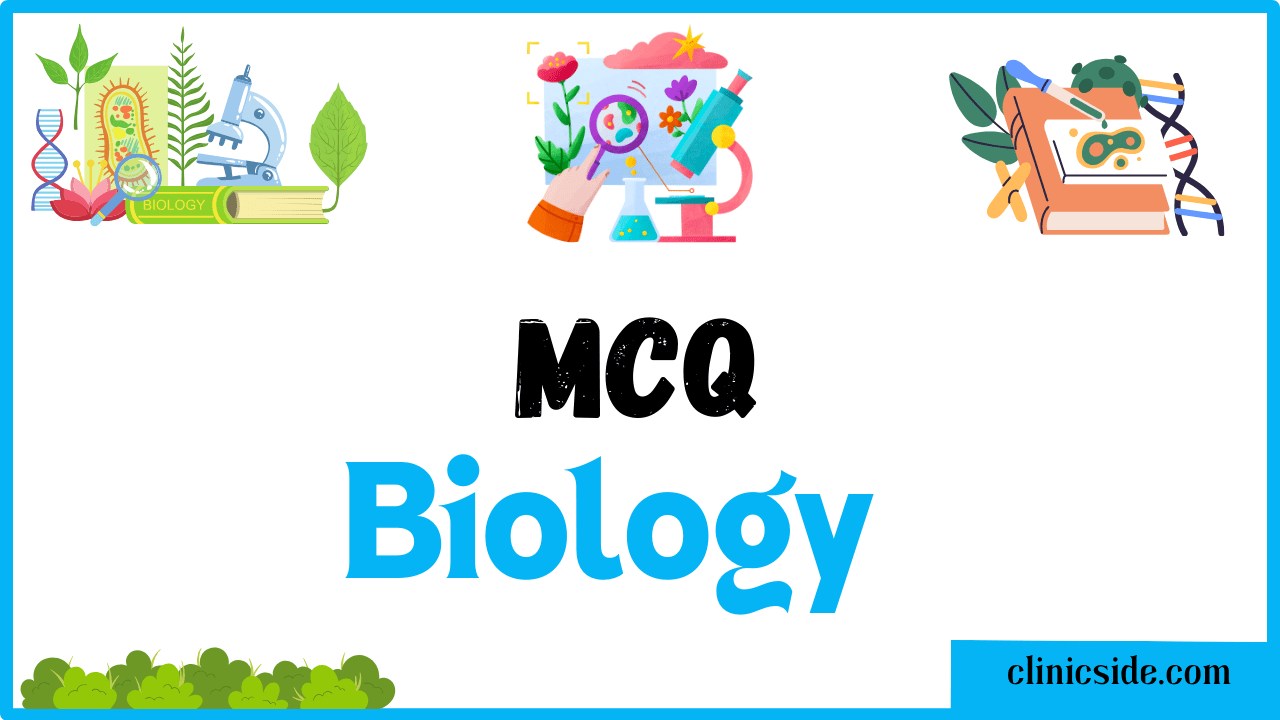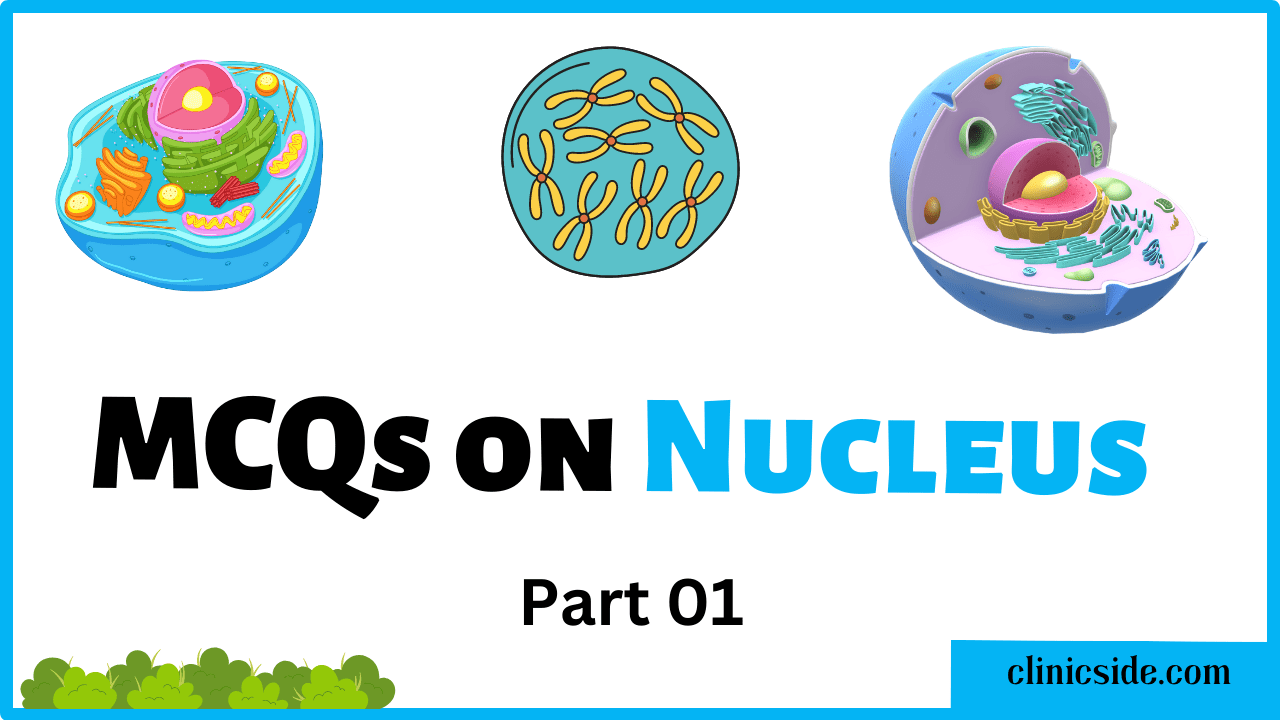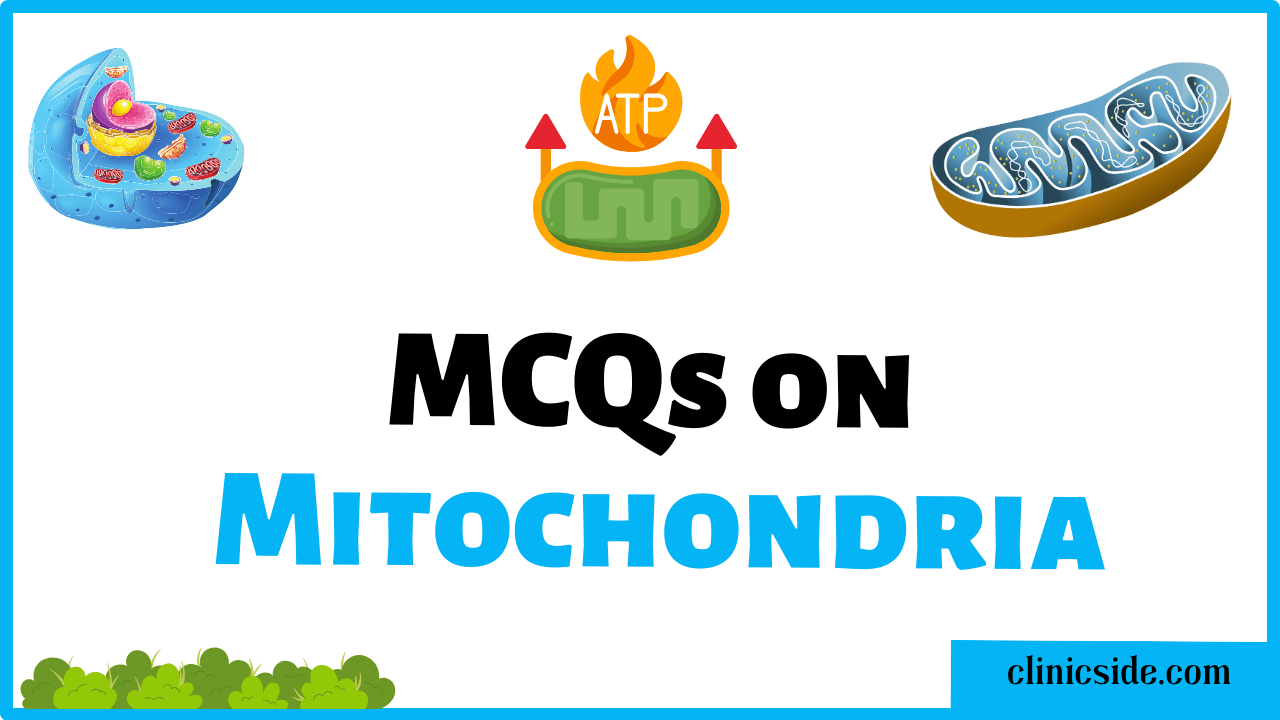The Peristalsis Movement is a crucial biological process in the human digestive system. It refers to the wave-like muscle contractions that move food through the digestive tract. Without peristalsis, the food we eat would not be able to travel from the mouth to the stomach and eventually through the intestines.
For Grade 10 students, understanding peristalsis is essential as it is a common concept in biology, particularly in the study of digestion and body systems. This article breaks down the process in simple terms, with examples, diagrams, and applications.
Quiz
Available options: 1 to 20
What is Peristalsis Movement?
Peristalsis Movement is the involuntary contraction and relaxation of muscles in the walls of hollow organs, especially in the digestive tract. These movements create waves that push contents—like chewed food, liquid, or waste—forward in the system.
Where Does Peristalsis Occur?
Peristalsis occurs in multiple parts of the digestive system:
- Esophagus – Pushes food from the mouth to the stomach
- Stomach – Mixes and pushes food toward the small intestine
- Small Intestine – Moves digested food along for absorption
- Large Intestine – Moves undigested food toward the rectum for elimination
These smooth muscle contractions ensure that food doesn’t just sit in one place but continues to be processed and absorbed efficiently.
How Does Peristalsis Movement Work?
Peristalsis is controlled by the autonomic nervous system. Here’s how the process works:
- Circular muscles behind the food contract
- Longitudinal muscles ahead of the food relax
- This creates a squeezing action that pushes the food forward
This coordinated action looks like a wave traveling along the digestive tract.
Importance of Peristalsis Movement
The Peristalsis Movement is essential for:
- Moving food efficiently through the digestive system
- Preventing blockages or stagnation
- Allowing for proper digestion and absorption
- Helping in the elimination of waste products
Without proper peristaltic action, a person may suffer from constipation, indigestion, or gastrointestinal diseases.
Examples of Peristalsis in Daily Life
- When you swallow food, peristalsis moves it from your throat to your stomach.
- After digestion in the small intestine, peristaltic movements push leftover waste toward the rectum.
Even when you are lying down or sleeping, peristalsis continues to work silently and efficiently.
Key Facts for Grade 10 Students
| Feature | Description |
|---|---|
| Type of Muscles | Smooth muscles (involuntary) |
| Controlled by | Autonomic nervous system |
| Found in | Esophagus, stomach, intestines |
| Movement direction | One-way, downward |
| Function | Propels food and waste through the gut |
Common Misconceptions About Peristalsis Movement
- Myth: It only happens when we are eating
Fact: Peristalsis continues 24/7, even during sleep. - Myth: It is a voluntary action
Fact: Peristalsis is completely involuntary. - Myth: It only happens in humans
Fact: Many animals, even insects, have peristaltic systems in their guts.
Diagram of Peristalsis Movement

📝 Conclusion
In conclusion, the Peristalsis Movement plays a vital role in digestion. It ensures that food is processed, nutrients are absorbed, and waste is expelled in a proper flow. For Grade 10 students, mastering this topic will help you understand broader biological systems and prepare you for advanced learning.





